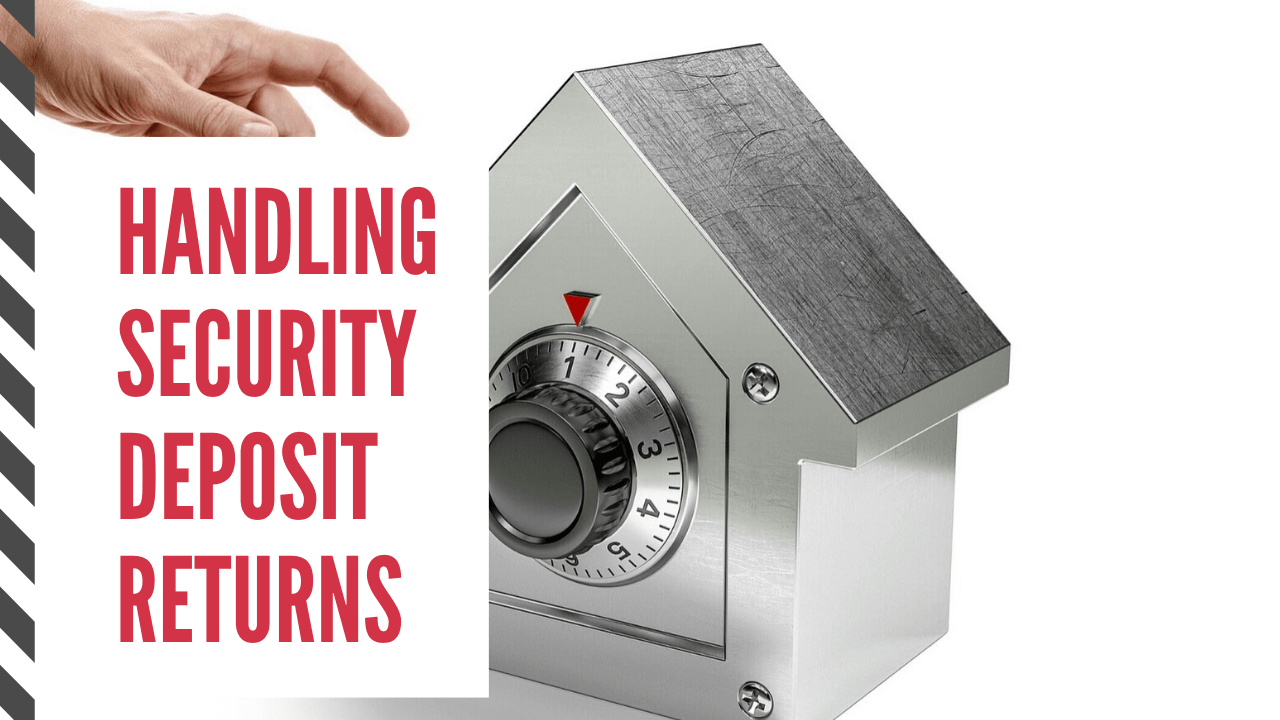
The legal landscape has changed dramatically when it comes to landlord and tenant law in California. With rent control rules even tighter and new eviction requirements in place, owning a rental property can feel pretty risky. It’s easy to make an expensive mistake.
You’ll need to know how to lawfully collect, hold, and return a tenant’s security deposit.
This is an area that can cause problems for rental property owners. If you mishandle the return of a security deposit, you may find yourself in court, ordered to pay your tenant more than you collected in the first place.
Document Every Property Inspection
Documentation is always important when you’re renting out your Brentwood property, but it’s especially critical when you’re returning a tenant’s security deposit. If you deduct any money from that deposit, you’ll need to explain why. Tenants will usually disagree with what you consider to be damage. They’ll claim it’s wear and tear or they’ll insist something “looked like that when they moved in.”
You’ll need pictures, notes, videos, and any other proof you can provide when you’re making a deduction. During the move-in inspection, make sure you’ve accurately documented the condition of the property, and have the tenants contribute to and sign off on that inspection report. Use the same report when you’re conducting the move-out inspection so you can compare the condition of the home then and now.
Understanding the Difference Between Wear and Tear and Damage
It’s not always easy to understand what you can and cannot deduct for. Normal wear and tear is the landlord’s responsibility; you are expected to change the carpet every five years or so and repaint the walls. Wear and tear defines the deterioration that any property goes through, regardless of who is living there. So, those small nail holes in the walls and the scuff marks from where furniture was pushed against the wall may mean you have to re-paint. You’ll be re-painting at your own expense; those are wear and tear items.
Tenant damage is anything that’s the result of abuse, neglect, or misuse. It may be accidental. A large hole in the wall from where an entertainment center was mounted could be considered damage. Broken appliances or large scratches in wood floors are also considered damage. If a door or window is broken or a large chunk of your kitchen counter is missing, you can charge the deposit for that damage.
Follow California Security Deposit Timelines
In California, you need to return the tenant’s security deposit within 21 days of that tenant moving out of your property. If you’re going to keep all or part of the deposit, you must send an itemized list of the deductions you’ve made within those same 21 days. Make sure you include invoices, receipts, or estimates that support the amount you’re keeping.
 If a tenant pushes back against the charges you’re making, invite them to look at the photographs and the documentation you have. This might show them why you’re making the deduction. If they continue to argue the point, think very hard about how far you want to go. A court case will be time consuming and if you lose, expensive. It may not be worth the $100 cleaning charge you’re making against the deposit.
If a tenant pushes back against the charges you’re making, invite them to look at the photographs and the documentation you have. This might show them why you’re making the deduction. If they continue to argue the point, think very hard about how far you want to go. A court case will be time consuming and if you lose, expensive. It may not be worth the $100 cleaning charge you’re making against the deposit.
We have found that open communication and positive tenant relationships help with security deposit returns. If you want to avoid tenant disputes when it comes to security deposits or the rental process in general, work with a professional Brentwood property management company.
We’d be happy to help. Contact us at Parks Property Management.
